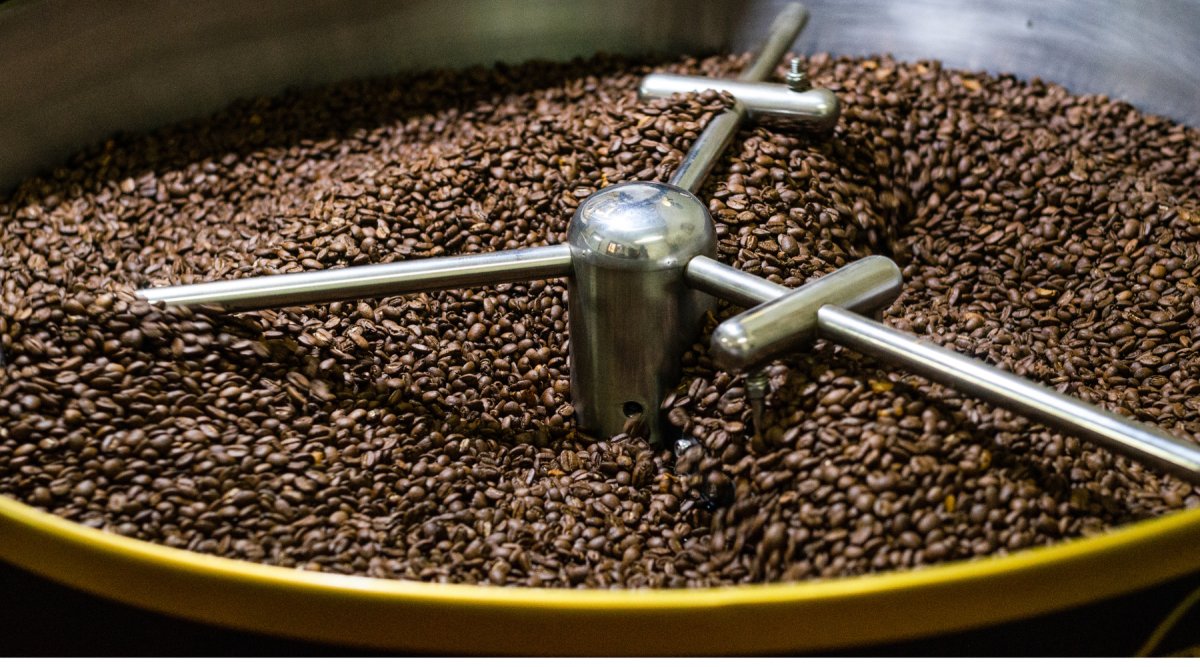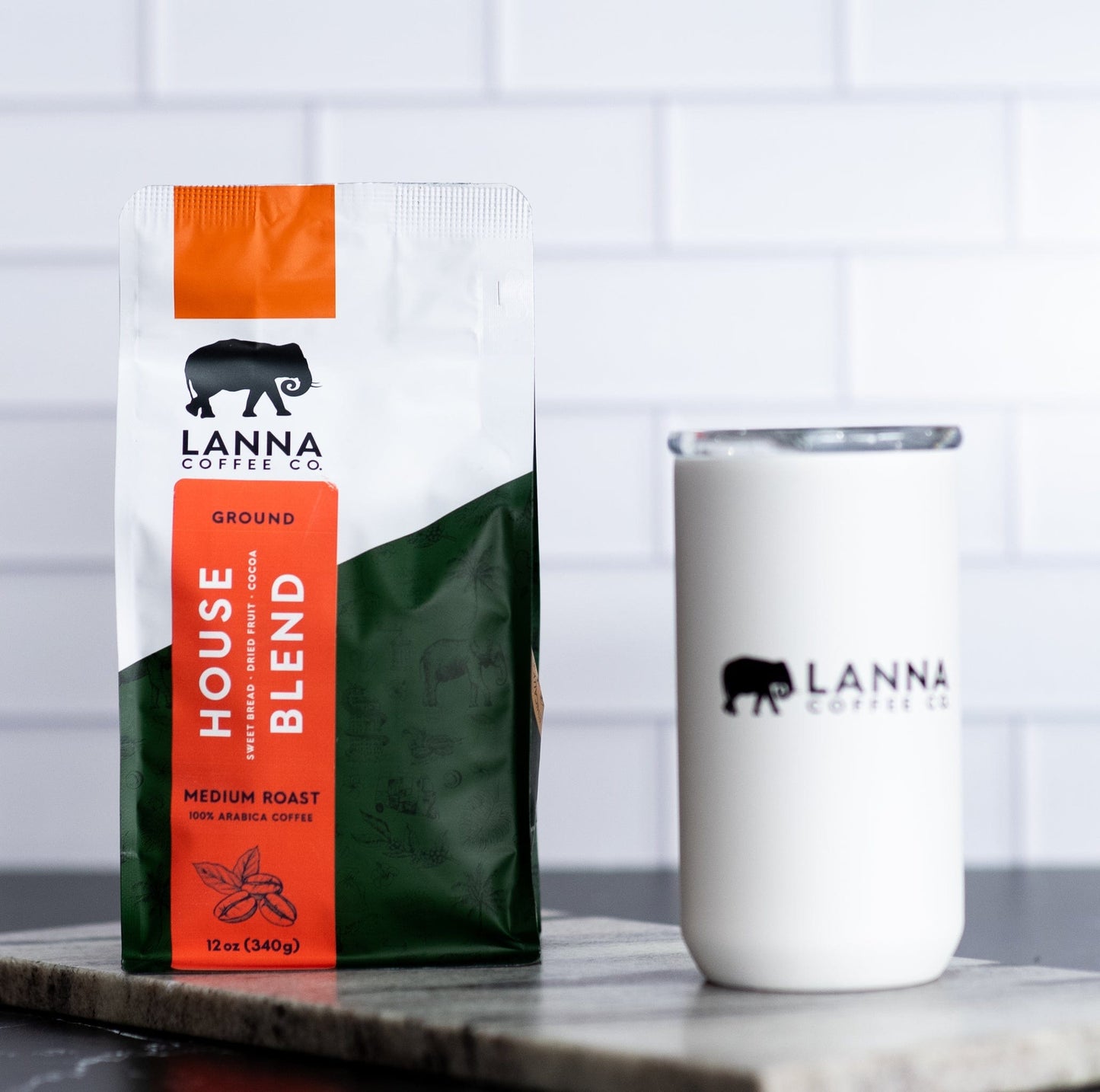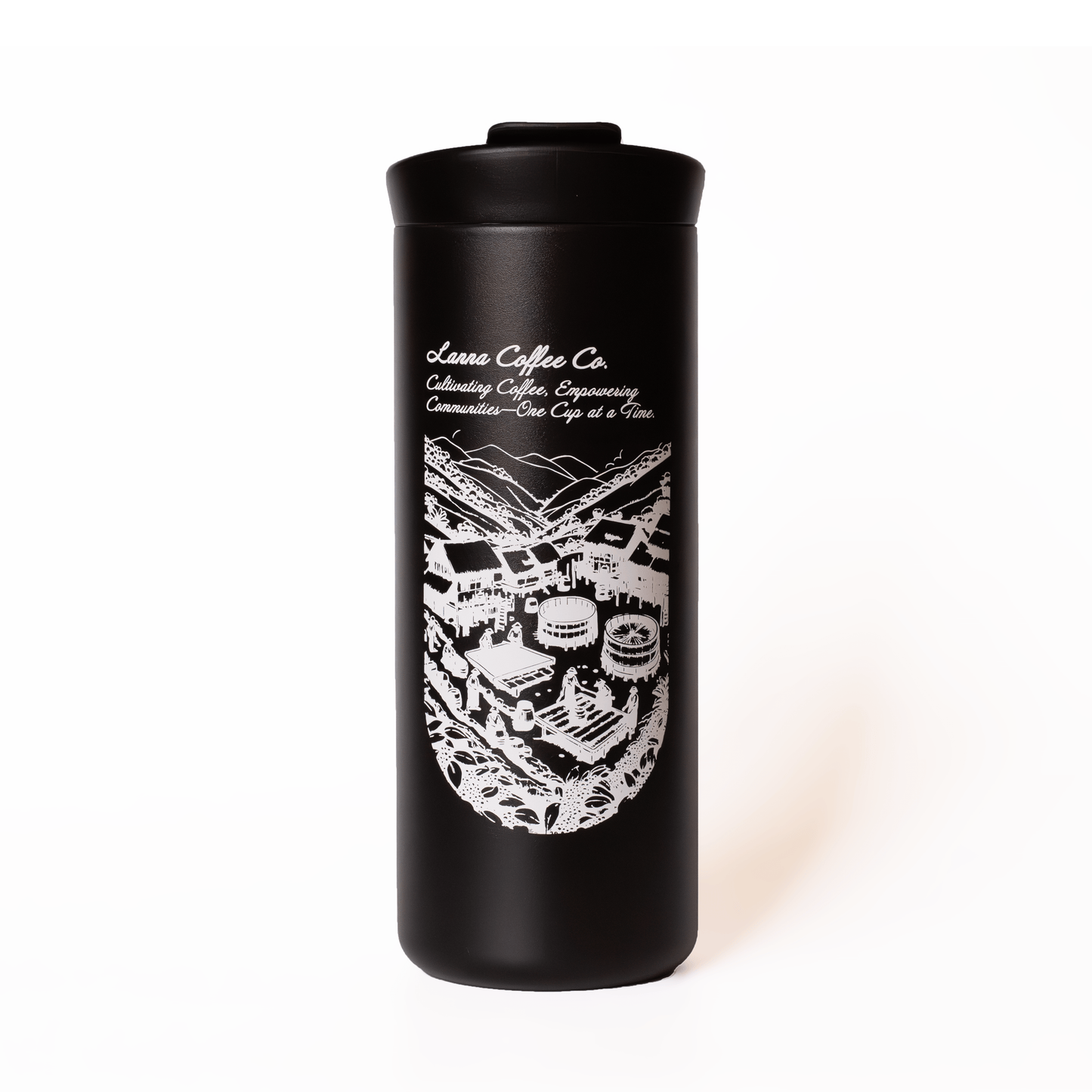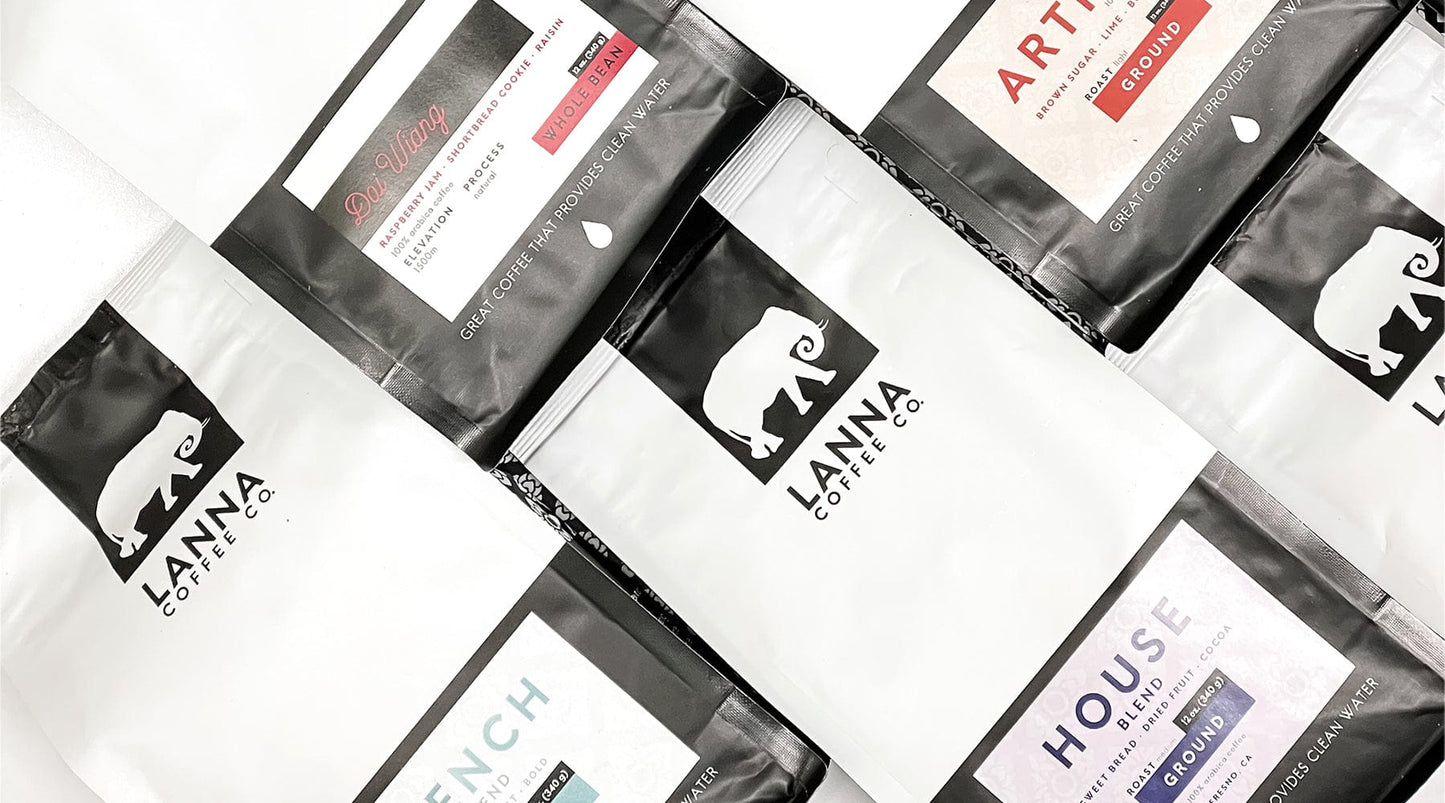
Coffee aficionados often encounter terms like "light roast," "medium roast," and "dark roast" when exploring different coffee options. These descriptors, known as roast levels, play a crucial role in defining the flavor profile of a coffee bean. In this guide, we'll delve into the intricacies of coffee roast levels, exploring what they are, why they matter, and how consumers can use this information to enhance their coffee experience.
Explore Coffee's Flavor Spectrum: Understanding Roast Levels.
Roast levels refer to the degree to which coffee beans are roasted, impacting their flavor, aroma, and overall character. The roasting process involves applying heat to green coffee beans, causing them to undergo chemical and physical changes. As the beans roast, they undergo a transformation in color, density, and flavor, resulting in different roast profiles.
The Importance of Roast Levels: Understanding Why It Matters
Roast levels serve as descriptors that help consumers understand the flavor profile they can expect from a particular coffee. Lighter roasts typically preserve more of the bean's natural flavors and acidity, while darker roasts develop richer, bolder flavors through caramelization and the Maillard reaction. Understanding roast levels empowers coffee lovers to select beans that align with their taste preferences and brewing methods.
Overview of Roast Profiles:
-
Light Roast: Light roasts are roasted for a shorter duration at lower temperatures, resulting in beans with a light brown color and higher acidity. These roasts often showcase the unique characteristics of the coffee bean, with pronounced floral, fruity, and citrus notes. Light roasts are popular among specialty coffee enthusiasts who appreciate the nuanced flavors and bright acidity.
-
Medium Roast: Medium roasts strike a balance between light and dark roasts, offering a blend of acidity and sweetness with a more developed flavor profile. Beans roasted to a medium level feature a medium-brown color and a well-rounded flavor profile, combining hints of chocolate, nuttiness, and caramel. Medium roasts are versatile and appeal to a wide range of palates, making them a popular choice for everyday brewing.
-
Dark Roast: Dark roasts are roasted for a longer duration at higher temperatures, resulting in beans with a deep brown color and bold, robust flavors. These roasts often feature rich, caramelized notes with reduced acidity and a fuller body. Dark roasts are characterized by their smoky, chocolaty, and sometimes spicy flavors, making them a favorite among those who prefer a strong, intense cup of coffee.
Understanding Roast Levels: A Consumer's Guide
As a consumer, understanding roast levels empowers you to make informed decisions when selecting coffee beans. Consider your personal taste preferences and brewing method when choosing roast levels. Lighter roasts are well-suited for pour-over, drip, and AeroPress brewing methods, allowing you to appreciate the nuanced flavors. Medium roasts are versatile and suitable for various brewing methods, including espresso, French press, and cold brew. Dark roasts excel in espresso-based drinks and are favored by those who enjoy a bold, full-bodied coffee experience.
In conclusion, coffee roast levels play a significant role in shaping the flavor, aroma, and overall characteristics of coffee beans. Whether you prefer the bright acidity of a light roast, the balanced sweetness of a medium roast, or the bold intensity of a dark roast, understanding roast levels allows you to explore a diverse range of flavor profiles. Armed with this knowledge, coffee lovers can confidently navigate the world of specialty coffee, discovering new and exciting brews to enjoy.


